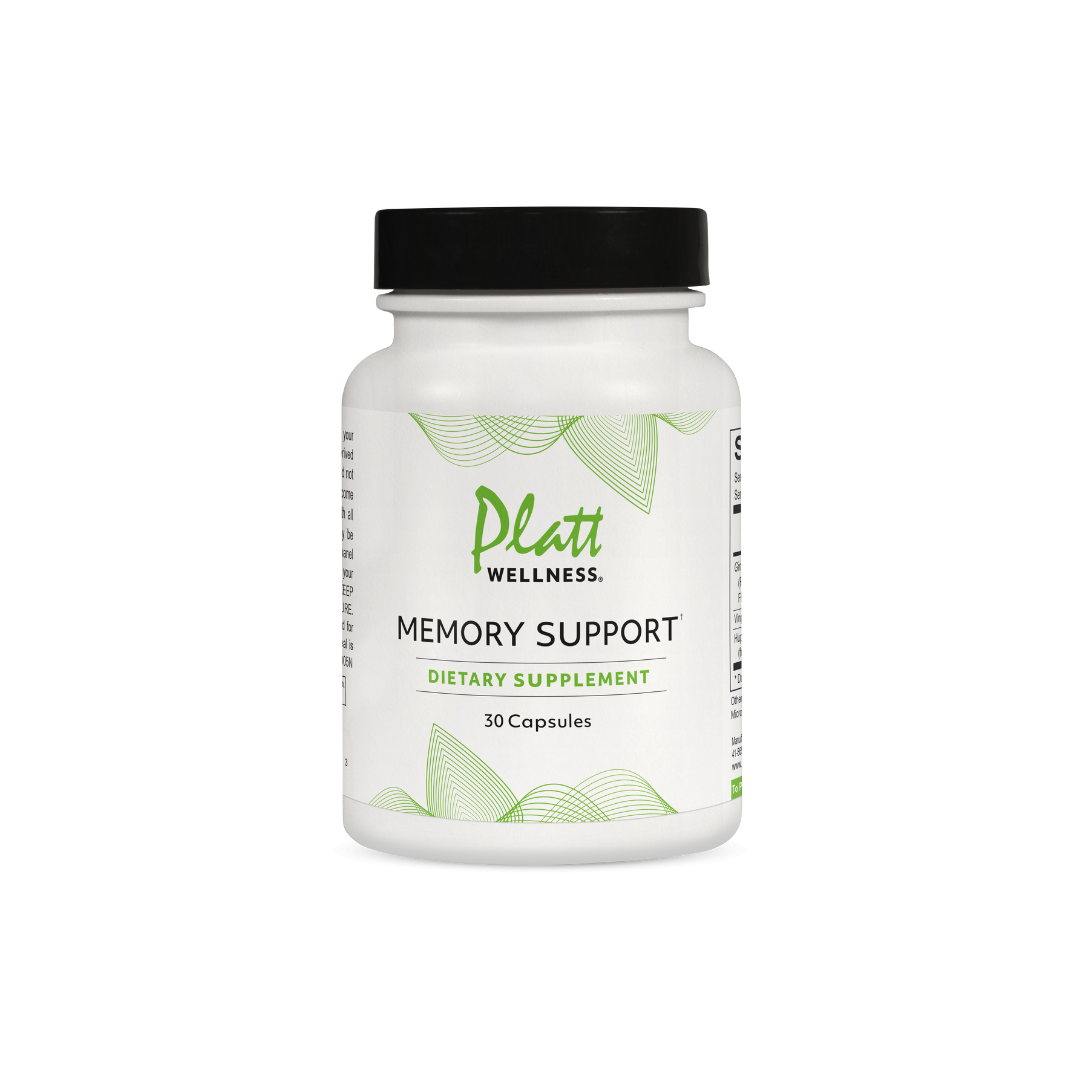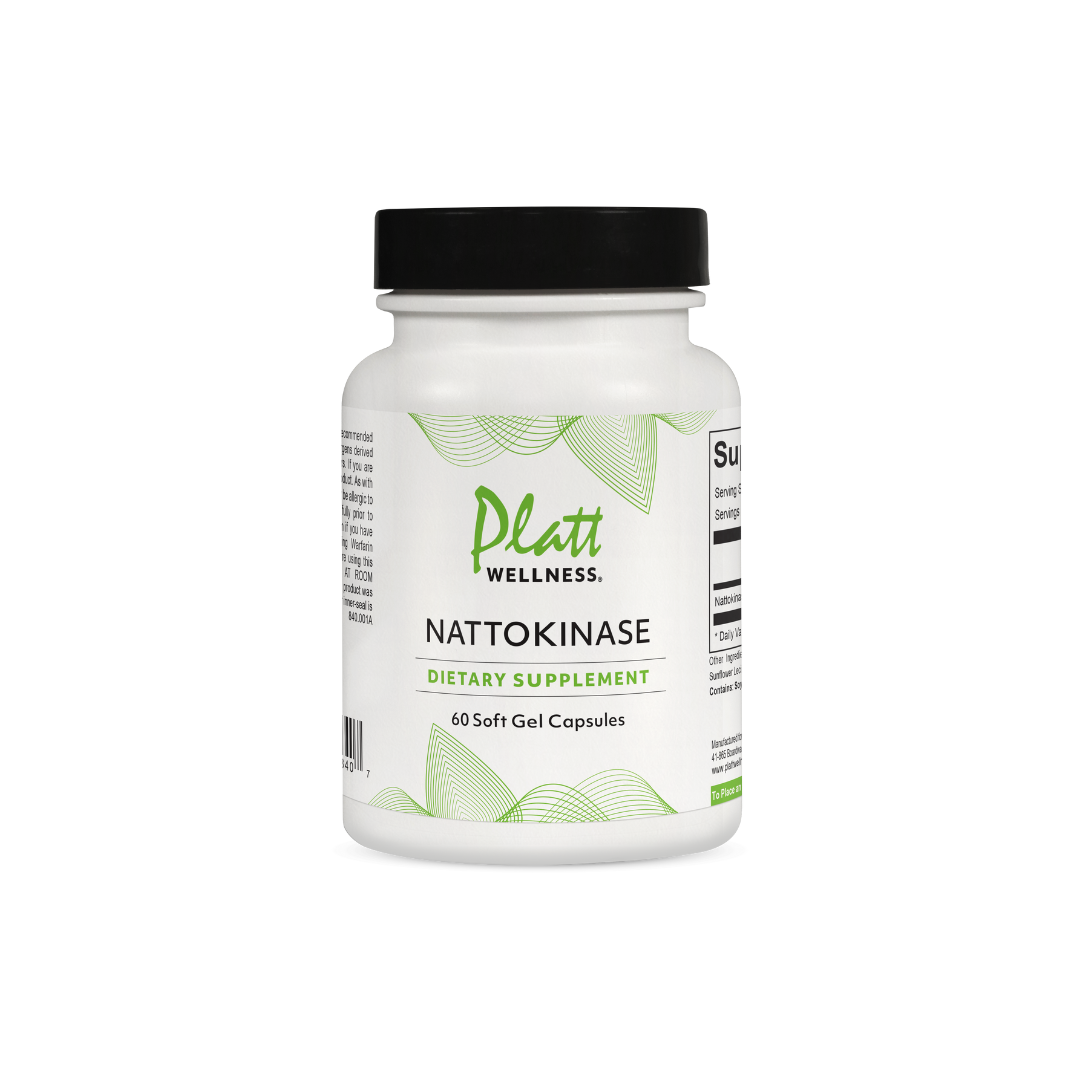In the world of bioidentical hormone replacement therapy (BHRT), few topics spark as much debate as the best route of delivering natural progesterone. While Dr. Joseph Mercola—a prominent voice in holistic health—has advocated for the superiority of transmucosal delivery, claiming that transdermal (skin-based) application is largely ineffective, an in-depth look at clinical evidence and real-world outcomes tells a different story. At Platt Wellness, where we specialize in science-backed natural hormone balancing, we believe it’s time to set the record straight.
Let’s unpack the myths, clarify the science, and explore why transdermal progesterone remains one of the most effective, accessible, and physiologically sound methods of administering this life-changing hormone.
Understanding the Role of Progesterone in the Body
Progesterone is a master hormone, responsible for far more than fertility and menstruation. It plays a crucial role in regulating mood, reducing inflammation, supporting thyroid function, and protecting the brain and heart. As Dr. John R. Lee and Dr. Michael E. Platt have extensively documented, progesterone deficiency—often referred to as estrogen dominance—can lead to symptoms such as anxiety, weight gain, fibrocystic breasts, migraines, PCOS, and even autoimmune disorders.
The growing popularity of bioidentical hormone replacement therapy (BHRT) has led to a surge of interest in safe and effective ways to replenish natural progesterone levels. But not all delivery methods are created equal—and that’s where the controversy begins.
Dr. Mercola’s Viewpoint on Progesterone Delivery
In his 2024 article titled “Natural Progesterone—A Safer Hormone Replacement Therapy” (available on Mercola.com), Dr. Mercola raises doubts about transdermal progesterone, asserting that it does not adequately absorb into the bloodstream, citing studies that failed to detect significant serum levels after transdermal application.
Instead, he advocates for transmucosal delivery—applying progesterone cream to mucous membranes such as the vaginal or rectal walls—believing this method bypasses the skin’s lipid barrier and delivers higher concentrations of the hormone directly into systemic circulation.
While his intentions are rooted in patient care, Mercola’s dismissal of transdermal progesterone may be based on an incomplete interpretation of how hormones interact with different tissues and testing methods.
The Serum vs. Saliva Debate: Where the Misunderstanding Begins
One of the most important distinctions in this debate is the difference between serum (blood) and saliva hormone testing. Serum levels primarily reflect circulating hormones not yet absorbed by cells. In contrast, saliva testing reflects bioavailable, active hormone levels already inside cells—where hormones actually exert their effects.
This nuance is vital. As highlighted in the article “Progesterone Misconceptions” from ProgesteroneTherapy.com, multiple studies show that transdermal progesterone does not always show significant increases in serum, but dramatically elevates saliva and tissue levels, proving its effective absorption and utilization.
This discrepancy has misled many practitioners into thinking transdermal progesterone is ineffective simply because it doesn’t show up in blood tests. But in reality, the hormone is being absorbed and put to work—just not in a way that serum testing can easily detect.
Clinical Evidence Supporting Transdermal Application
A groundbreaking study by Dr. John Lee, a pioneer in natural hormone therapy, found that transdermal progesterone raised endometrial progesterone levels to a therapeutic range even in postmenopausal women. Further studies have corroborated that topically applied progesterone bypasses first-pass liver metabolism, making it highly bioavailable and avoiding the negative metabolites produced by oral routes.
Even more compelling is evidence from real-world patient outcomes. Thousands of women using transdermal progesterone—particularly applied to areas of thin skin like the wrists, inner arms, and chest—report significant improvements in symptoms such as insomnia, anxiety, PMS, and hot flashes. These experiences are difficult to dismiss.
Moreover, transdermal application is safe and non-invasive, making it an ideal route for long-term daily use, especially for women who are sensitive to vaginal application or prefer a more convenient approach.
Misconceptions About Fat Storage and “Hormone Build-Up”
One concern Mercola and others raise is the idea that transdermal progesterone becomes trapped in fat tissue, creating a “reservoir effect” that may lead to overdosing over time. However, research shows that fat storage is a natural and gradual process, and once a stable dosage is found, hormone levels typically plateau.
As ProgesteroneTherapy.com explains, any excess progesterone stored in fat is slowly released, acting almost like a time-release system, reducing the need for frequent dosing. This isn’t a flaw—it’s a feature that supports hormonal stability over time.
Why Transdermal Delivery Is Ideal for BHRT
At Platt Wellness, our goal is always to identify what works—not just in theory, but in practice. We advocate for transdermal progesterone as a first-line approach to BHRT for several compelling reasons:
-
Superior Safety Profile – Avoids liver metabolism and reduces risk of negative metabolites common with oral delivery.
-
Physiological Mimicry – Closely resembles the body’s natural hormone production rhythms.
-
Bioavailability Confirmed in Saliva and Tissue Studies – Proves the hormone reaches target tissues, regardless of serum levels.
-
Ease of Use – Non-invasive, painless, and adaptable to each individual’s lifestyle and preferences.
-
Cost-Effective – Requires no specialized applicators and can be found over-the-counter.
Transmucosal Delivery Has Its Place—But Isn’t Always Preferred
To be clear, we’re not anti-transmucosal. For certain cases—such as severe vaginal dryness, endometrial atrophy, or targeted pelvic support—vaginal progesterone may be the ideal route. But that doesn’t mean transdermal delivery is ineffective. On the contrary, transdermal progesterone provides systemic, full-body benefits and is often better tolerated long-term.
The bottom line? The effectiveness of any hormone therapy depends on individual biochemistry, symptom tracking, and proper testing—preferably saliva-based or tissue-level testing, not just serum.
Final Thoughts: Trust the Clinical Experience, Not Just the Lab
While we deeply respect the contributions of Dr. Mercola to holistic health, his critique of transdermal progesterone fails to account for decades of research and real-world success stories. As with all things in functional medicine, context matters.
At Platt Wellness, we’ve seen firsthand how transdermal natural progesterone transforms lives—relieving estrogen dominance, calming inflammation, and restoring balance. When used properly and with the right understanding, it’s one of the most powerful tools in your wellness toolkit.
If you’re ready to explore bioidentical hormone therapy with personalized guidance, we’re here to help.








